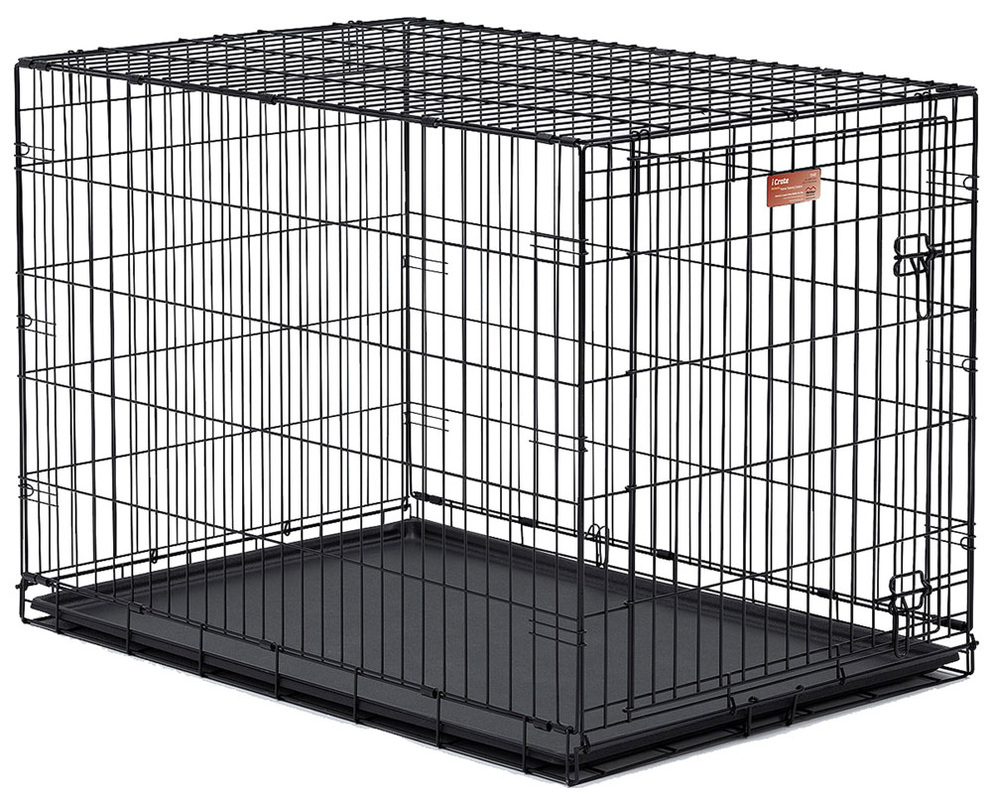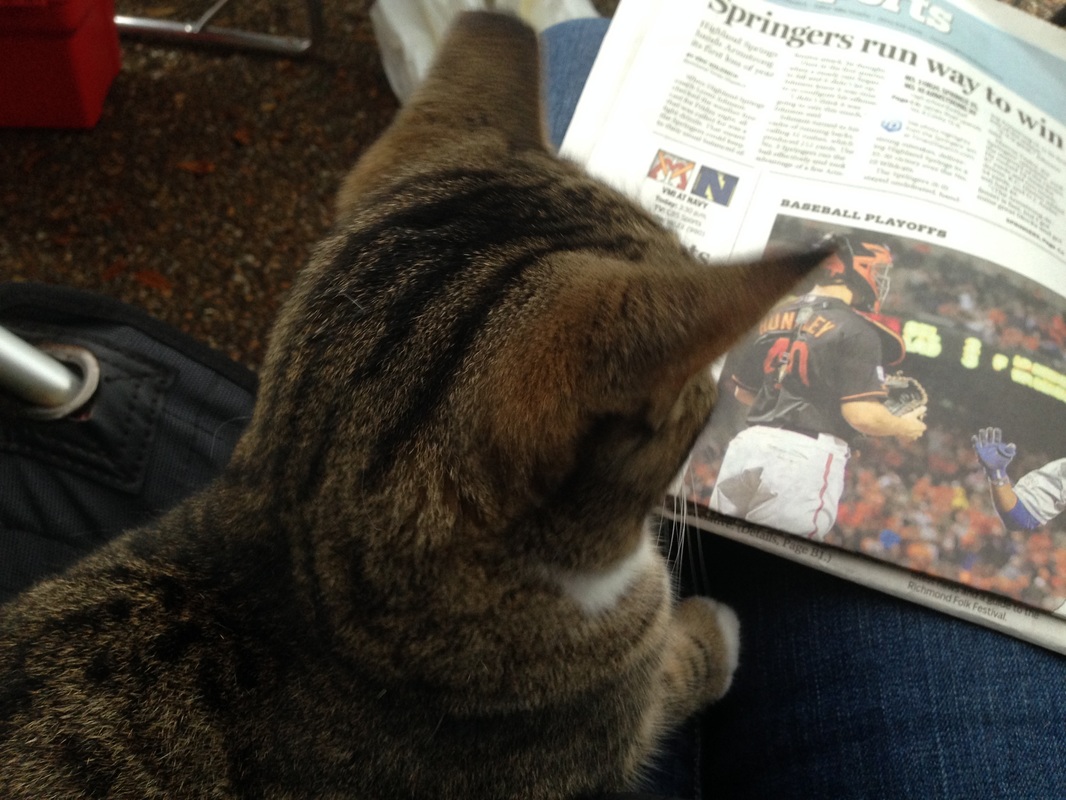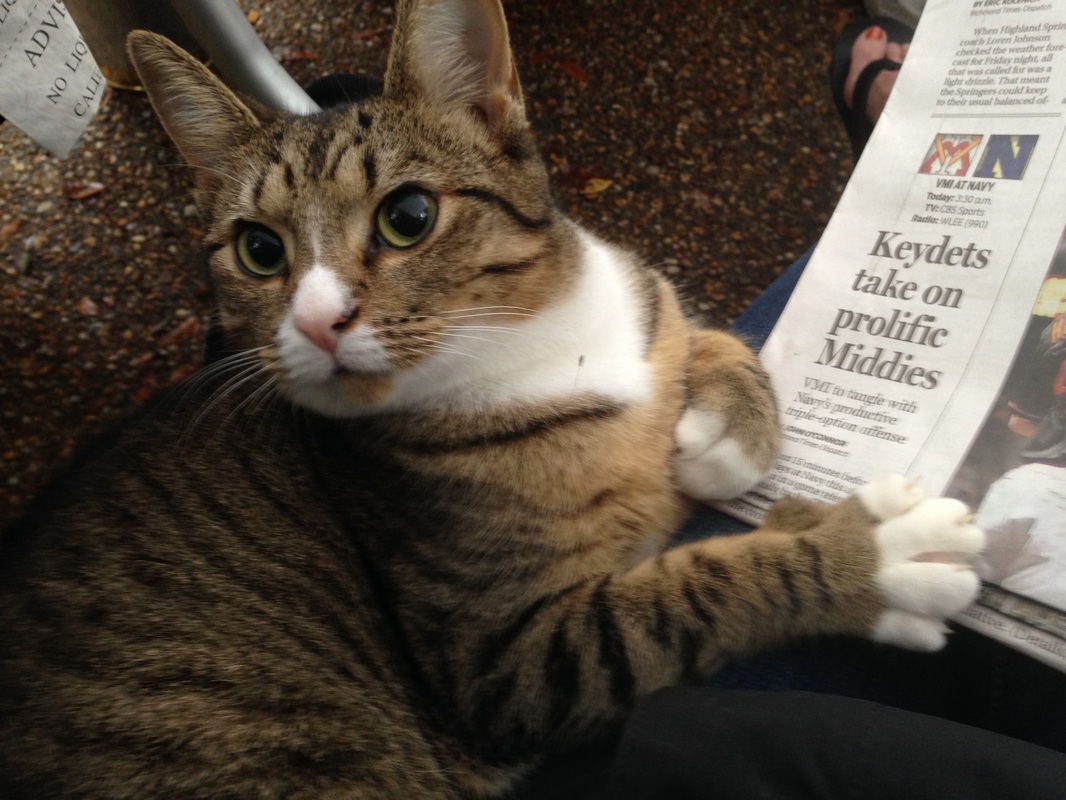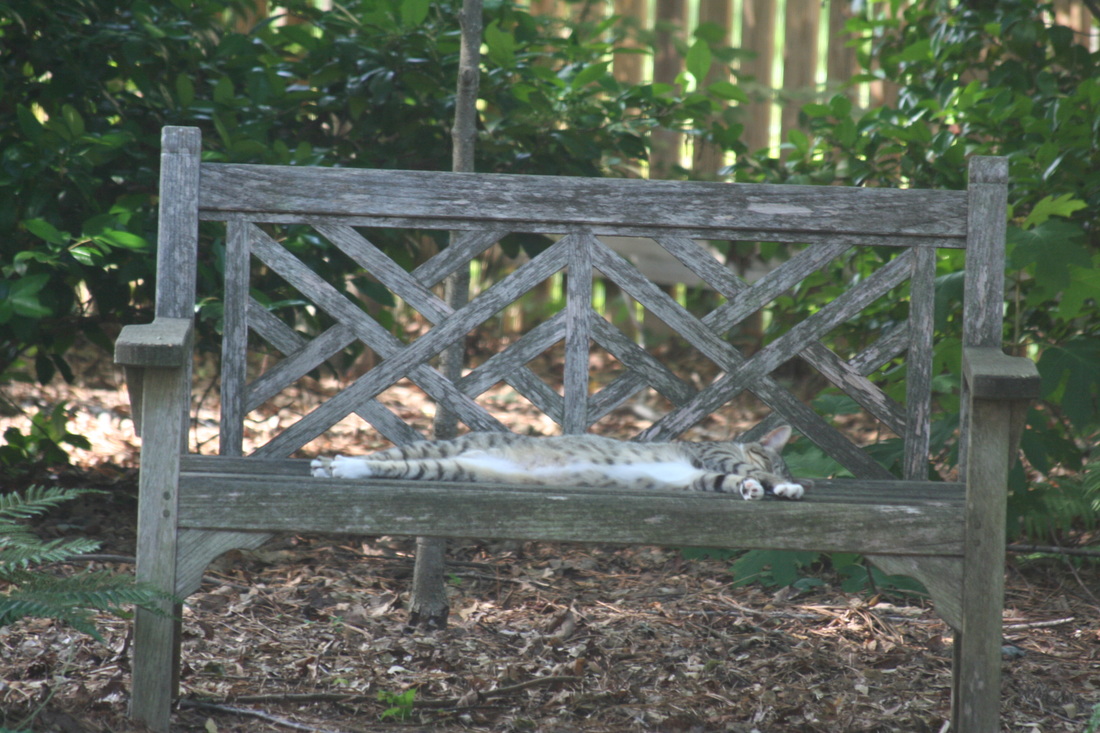|
After doing some research and talking to several folks in the know, including my veterinarian, I decided to adopt two female kittens less than 6 months old. Female feral cats are generally better hunters, since they provide for their kittens, and they would be more adaptable at 6 months or younger. Adopting two would give them companionship, which is something they were use to coming from large colonies of cats, and provide better coverage of the property. Both would be spayed and receive their first set of shots through the trap-neuter-release programs of several local organizations. The hardest part was figuring out a 6-week period when we weren't traveling overnight. We also didn't want the weather to be too hot or too cold. And we knew that kittens are more readily available for adoption in the spring versus any other time of year.
Just inside the crate door, I immediately placed containers of kitty litter, water, and a high quality dry food, all of which were checked, cleaned, and replenished twice a day. With opossums, raccoons, and eventually a cat door between the garage and outside, smelly wet food was not an option. When Skittles used the litter box and finally started to eat, it was only when no one was around. During this first week, no attempt was made to pet her as she pressed herself into the back corner of the crate. We just talked to her. She was one scared kitty to be sure, so the process of taming and acclimation had to be super slow. With the start of week two, I switched to feeding her twice a day and introduced cat treats a few times a day by first dropping them into the crate and then gently tossing them to her through the open door. I also hung out in the garage while she ate her meals. Skittles gradually began to associate the positive pleasure of food with humans. Still, after a few days, when I reached my hand towards her with a treat, no go. She quickly became ricochet rabbit trying to get away, and I quickly closed the door. This was going to take more time.
For some older kittens, like Snickers who came to us at seven months of age, four weeks can be used to stretch this process out even further. The goal is to get wild kittens comfortable with and attached to their surroundings as well as human touch before releasing them into the confines of the garage, which is where we'll pick up next time.
Until then, check out our new perennial pricing for fall planting and have a great week. |
Welcome to my journal. For over 20 years I've created original landscape plans to help homeowners increase property value and really enjoy their yards. I approach every project as an unique opportunity to develop a work of living art, one that will require minimal care and age beautifully with time. In this journal, I will share some of my field experiences and tricks of the trade with you. Feel free to email questions. Thanks for visiting.
Archives
February 2019
|







